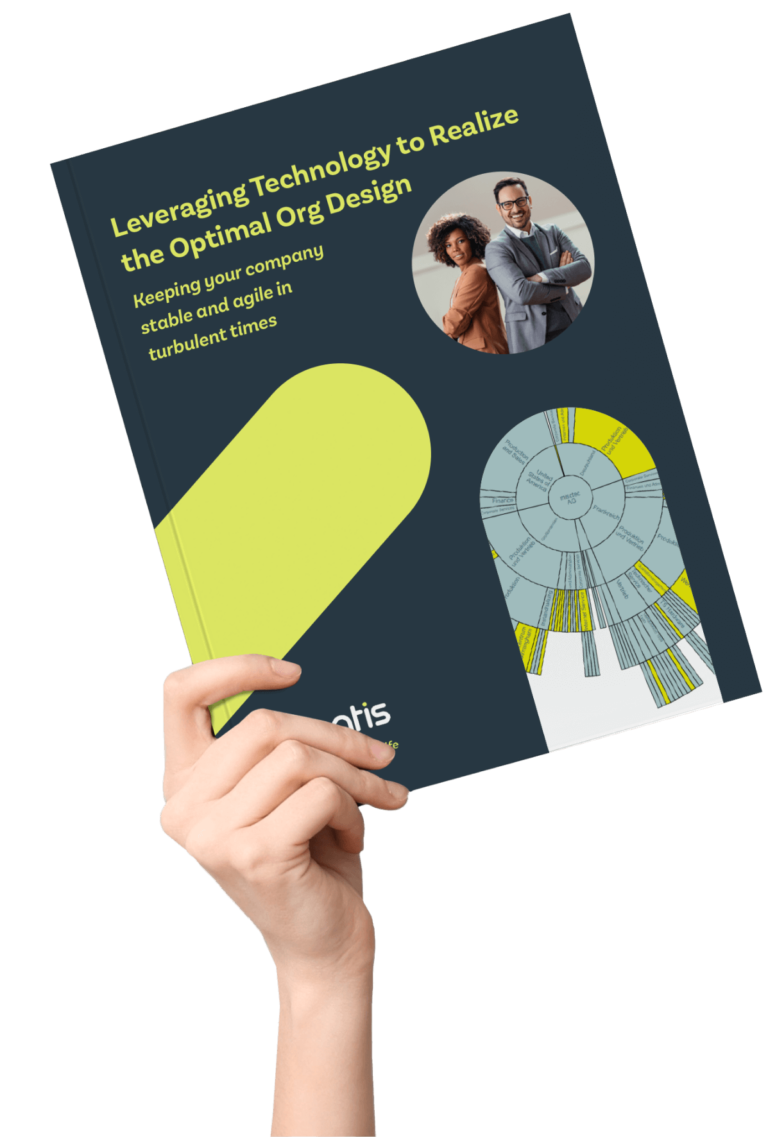Until about 20 years ago, companies underwent organizational restructuring every few years or even decades. Most leaders experienced this only a few times in their careers. However, automation and competitive pressure have begun to accelerate the pace of organizational change.
Around the year 2015, organizational change became a lifestyle. A McKinsey study in this context revealed that 60 percent of companies had restructured in the last two years. Another 25 percent had done so three or more years ago. Then the pandemic struck in 2020, forcing massive changes. Most companies experienced upheavals in a matter of months that would have previously taken a decade.
Previously, we had time to adapt to one change before the next one occurred, but today’s successful companies have embraced change as the foundation of their actions. Metaphorically speaking, it’s not just about rearranging the furniture in the apartment. The new circumstances completely change the way we work.
It’s partly true that some companies are merely hoping to survive, waiting for pre-pandemic conditions to return. In contrast, the most successful companies are implementing new organizational models that anticipate and adapt to change by flexibly altering their ways of working.
In this new series of blog articles, we explore traditional organizational models and how they have been used to align structures and processes with corporate strategies. We will demonstrate how these models can still serve as diagnostic tools to understand where various organizational factors may become unbalanced.
The second blog post in the series then shows how organizations have moved from static models for diagnosis and alignment to flexible models that help them adapt to continuous, dynamic change. With this in mind, in part 3 of our series , we look at two experimental organizational models and compare them to the established flexible organizational model.






